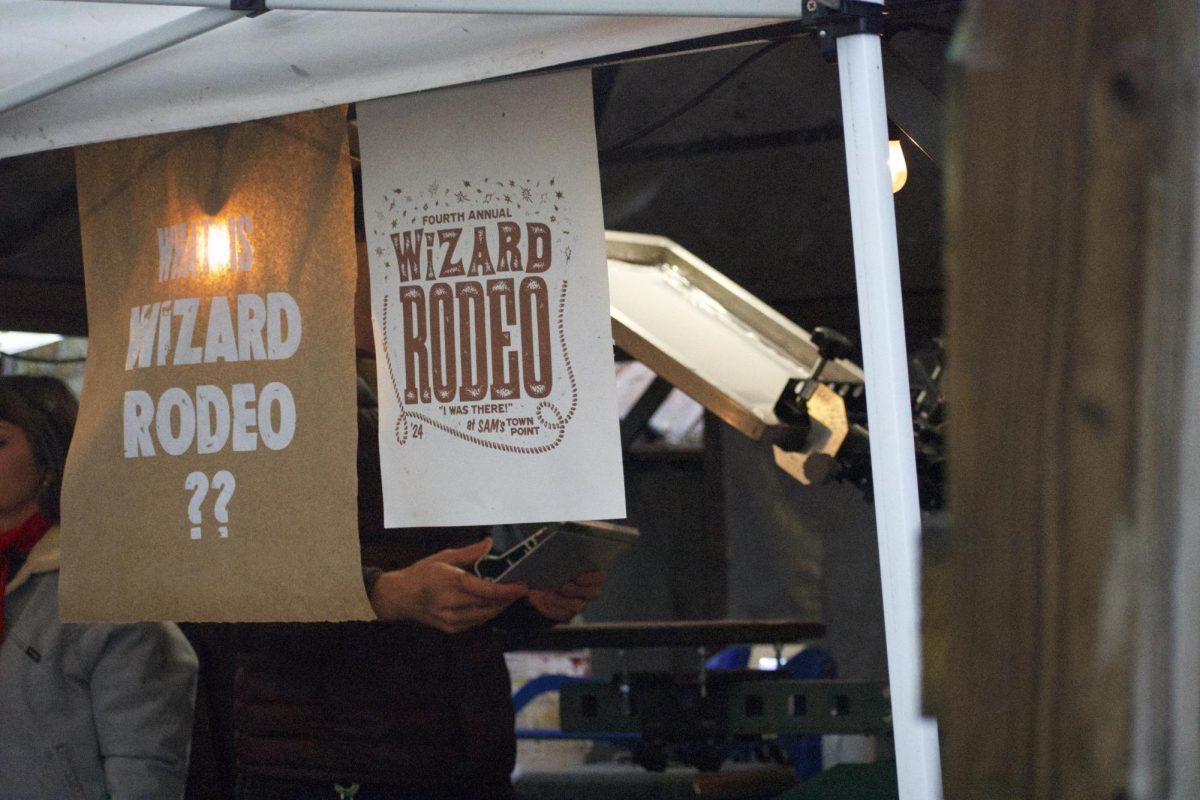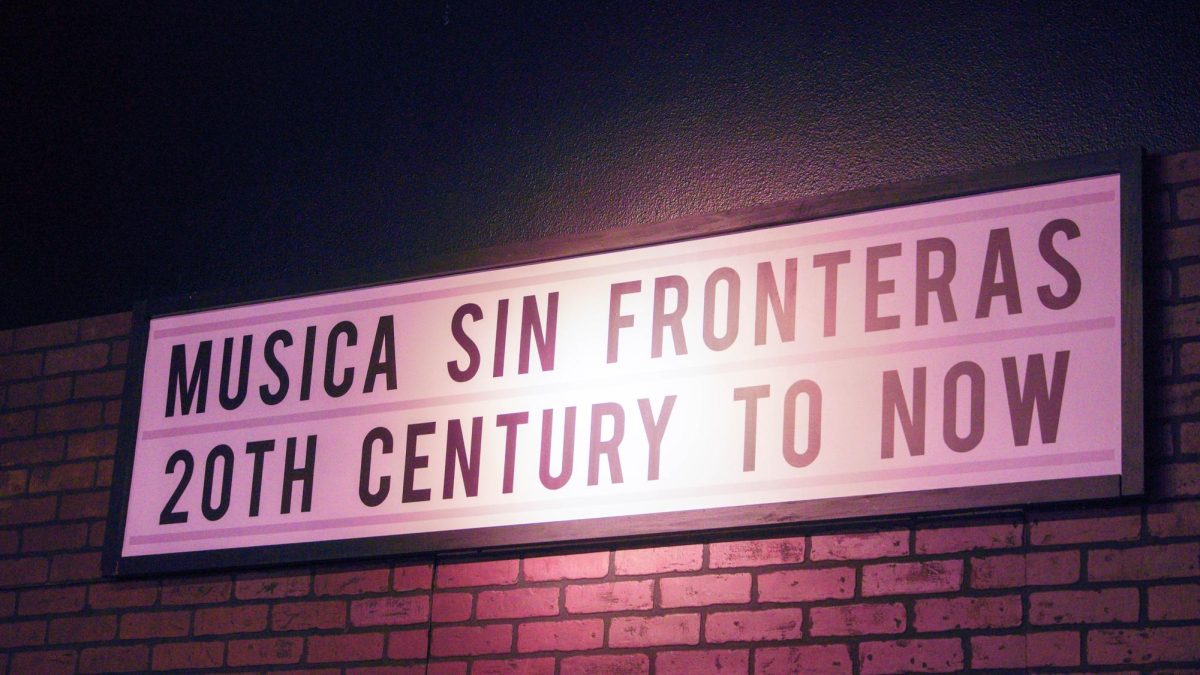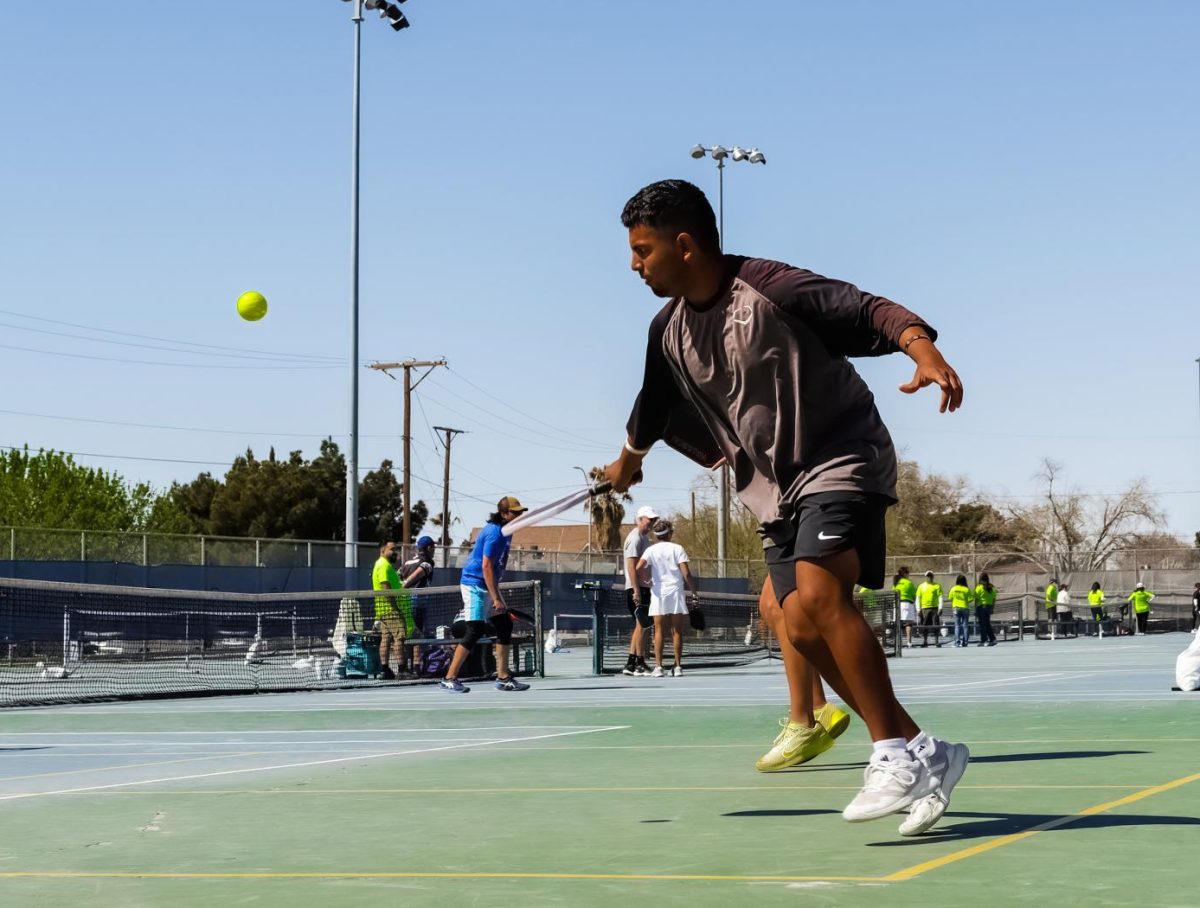The Borderland Chopin festival spanned through the month of March and ended with a special guest speaker and professional pianist. The festival was packed with entertainment, important Polish history and spotlighted the man himself, Frederic Chopin. Chopin was a trailblazing composer and pianist known for his expressive musical feats. The heart and soul of the festival, Chopin inspired many musicians and the development of modern piano style as championed by many from the classical music community.
As the festival began its final event, professor Andrzej Pikul took the stage for an interactive lecture combining both the history of Polish tradition, as well as live piano. Pikul graduated from the Academy of Music in Krakow from the piano class of professor Tadeusz Zmudzinski. Pikul later studied further in pursuit of the musical arts in Vienna between 1981 and 1983. Like Magdalena Bacezwska, the renowned pianist who played earlier in the festival’s lineup, Pikul has traveled all over the world, playing with many important pianists, worldwide concert halls and prominent international festivals.
Although Pikul was there to highlight his talents with the piano, he was also at the festival to share his pride of his homeland, specifically polish national dances in the works of Chopin. There are five national dances of Poland: the Krakowiak, the Polonaise, the Mazur, the Kujawiak, and finally the Oberek. These national dances originated from the wide regions and towns spread across the entirety of Poland. These dances are national because of their continued legacy and heavy exposure within the Polish community.
First there’s Krakowiak, a national dance that is improvised by a group and paired with a lively rhythmic tempo. Like all the dances, this includes beautifully vibrant costumes for each performer. The Krakowiak puts emphasis on the clicking of heels and chasing of performers, with themes of horses spread about it. Most importantly the dance includes the history of Cracow, the old royal capital of Poland.
Second, there is the Polonez, a national dance said to be the oldest Polish national dance. This dance contains a dance leader where other performers in pairs follow the leader along curved and straight lines elegantly. The dance originated from peasantry, soon gaining popularity among European nobility.
Third, the Mazur. This national dance is immensely popular, incorporating fast walking strides, foot leaps, heel clicks and improvisation of dance formations. The dance originated from the inhabitants of Mazovia (Masurians) but gained popularity in Europe in the 19th Century throughout many ballrooms. The steps have been altered today, being a contrast to the Polonez.
Fourth, the Kujawiak. This national dance has an entirely different pace than the others, creating an atmosphere akin to a slow romantic ballad. The dance has changed over time, departing from its improvised roots, performed alongside the fifth national dance, the Oberek. The Oberek is very lively, performed with fiery passion. The dance incorporates stamps, shouts, and yelps with the addition of heavy movement within the performers. The dance has been unchanged, capturing the magic it held in its small village roots.
To say the festival went out with a bang would be an understatement. Dr. Oscar Macchioni, a fellow UTEP Professor and the brains behind the whole operation, sought to bring the spirit of Chopin to the borderland region. The goal is to spread the word about underappreciated art to a community that may have not been aware of its existence beforehand. That is the best part about sharing art to a community, giving recognition to those interested in the world.
H. Catching Marginot is a contributor and may be reached at [email protected]













